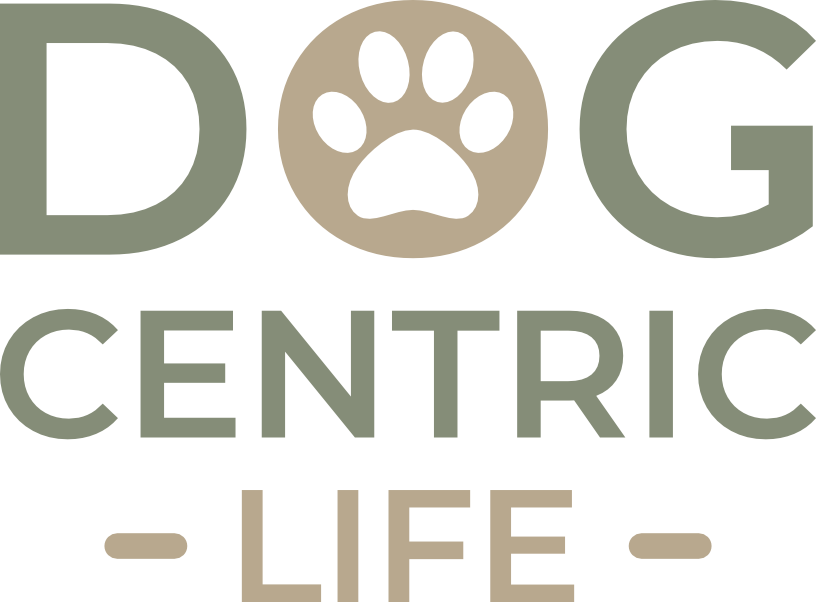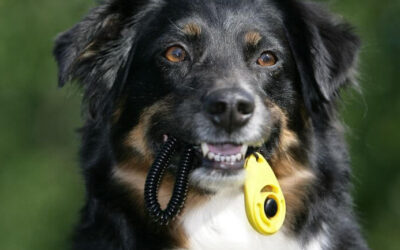When it comes to dog training, the way you communicate with your dog makes all the difference in the world. While it might seem natural to correct bad behavior with a stern “No!” or “Bad dog!”… the truth is, focusing on rewarding good behavior is far more effective. Positive reinforcement not only creates a stronger bond between you and your dog but also leads to more reliable training results.
Let’s take a look at why saying something like “Good dog!”… or providing positive praise… is better than scolding and how this approach benefits both you and your dog.
Dogs Learn Faster with Rewards
Dogs are more likely to repeat behaviors that bring them rewards. When you praise or reward your dog for desirable behaviors, it reinforces their understanding of what you want them to do.
If you see your dog quietly lying on their bed, just watching the world go by, give them a treat! Positive reinforcement, for example, saying something like “Good dog!” followed by a treat, lets your dog know they’ve done the right thing in that exact moment. When your dog associates good behavior with something they enjoy – like treats, toys, or affection – they’ll naturally want to repeat it.
For example, if your dog sits when you give the cue “sit”, a quick “Good dog!”, or “Yes” (or a click if you are using a clicker), paired with a treat teaches them that sitting is the right choice… and they are more likely to exhibit this same behavior again.
Builds a Stronger Bond
Positive training builds trust and strengthens your relationship with your dog. Scolding or punishing, on the other hand, can create fear and confusion which can lead to other undesirable behaviors such as aggression. When you reward your dog’s efforts, they see you as a source of encouragement rather than something to be afraid of. This deepens their trust in you.
Dogs who are trained with positive reinforcement training methods often approach training sessions with excitement and enthusiasm, seeing them as fun opportunities to connect with their favorite human. Imagine your dog eagerly wagging their tail, ready to learn, because they know training is a positive experience – this is the result of consistent rewards and praise.
Reduces Problem Behaviors
One of the best ways to reduce unwanted behaviors is by focusing on the good. Redirecting your dog’s energy toward positive actions eliminates the need for constant corrections.
For example, instead of scolding your dog for jumping up, ignore them until all four paws are on the ground, then praise and reward them. Over time, they’ll learn that calm behavior gets them what they want and jumping up isn’t rewarding at all. Teaching and rewarding a replacement behavior, like sitting instead of barking at the door, helps your dog understand what you expect without fear or confusion.
Punishing bad behavior often leaves a dog unsure of what they are to do instead. When you shouted “NO!” at them, you didn’t actually teach them what they were supposed to do! But what you probably did was startle them… if not worse. Keep doing that and you may have some very serious behavioral issues in the very near future! On the other hand, rewarding appropriate behavior gives them an understanding of what behaviors you would like to see from them.
Remember… positive reinforcement (treats, praise, playtime, etc) leads to a positive association with something. This means your dog sees that when they did something (say, SIT) and got a treat (YUMMY!), that’s a good thing! This means they’re more likely to perform that same behavior again! Isn’t this the whole idea behind training your dog in the first place?!
Positive Training is More Reliable
Dog training that are based on positive reinforcement results in behavior that’s more consistent and reliable over time.
Dogs that feel safe and motivated are more likely to learn quickly and retain what they’ve learned. Alternatively, fear-based training or scolding can lead to setbacks, as dogs may associate certain actions – or potentially even their owner or handler – with anxiety. In contrast, positive reinforcement creates a foundation of trust and understanding.
When you consistently focus on praising appropriate or desirable behavior, your dog builds a stronger association with their actions and the rewards they receive, making them more likely to respond even in potentially stressful situations.
in conclusion…
Positive reinforcement training methods that focus on rewarding positive behaviors are more than just a feel-good strategy – it’s a scientifically proven approach which is used to train effectively, deepen your bond, and create a happy, confident dog. By emphasizing what your dog is doing right, rather than punishing mistakes, you’re setting them up for success and building a relationship based on trust and love.
So next time your dog does something great, don’t hold back on the praise. A simple “Good boy” or “Good girl” (or whatever phrase you want to use)… which comes solely rooted in positive energy… can go a long way to shaping their behavior and strengthening the bond you have.
Happy training!








0 Comments